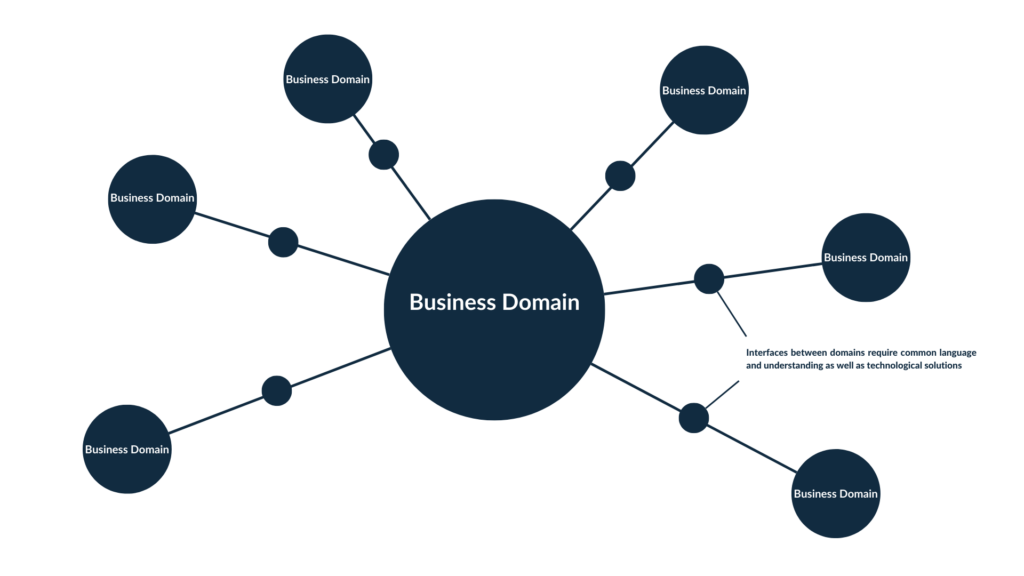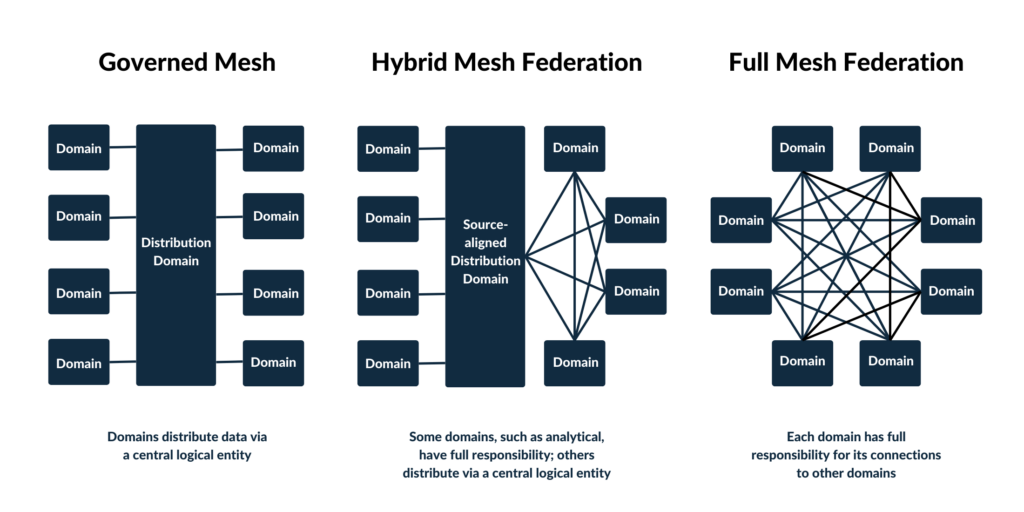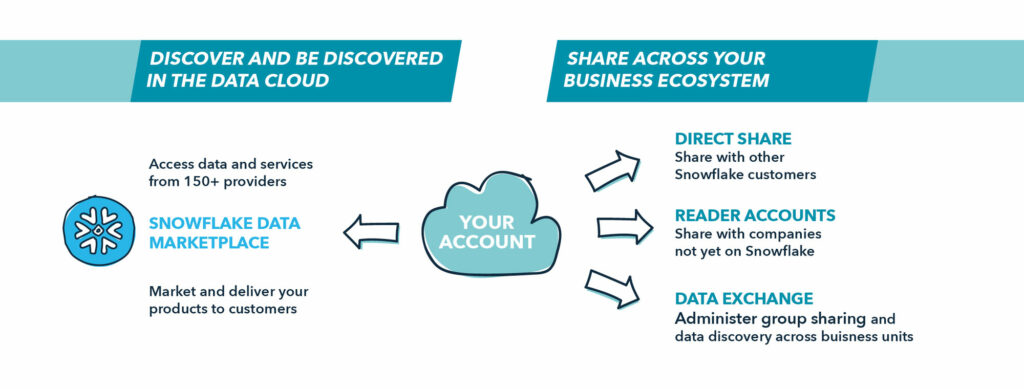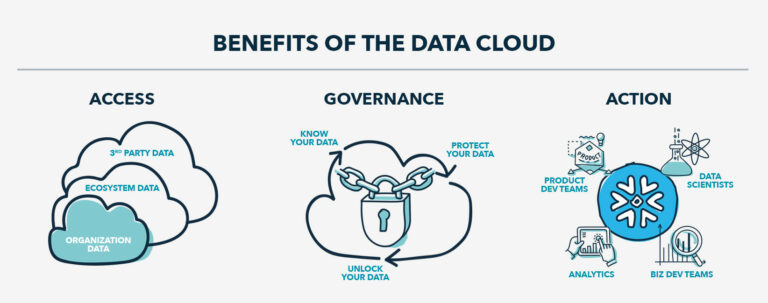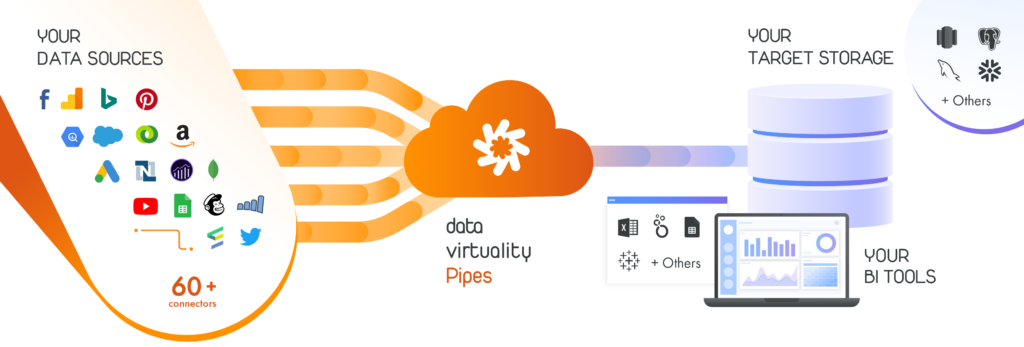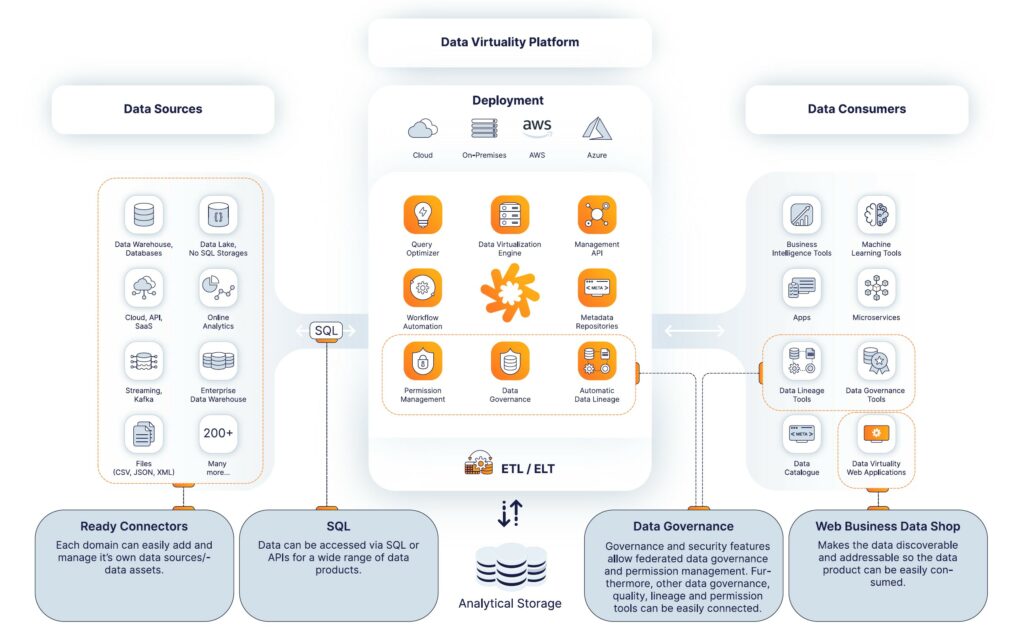This data can then be duplicated for different areas and put into the format that is appropriate for each use. This requires a shift in thinking from the traditional push and ingest ETL model to a serving and pull model for all business domains. Interfaces between domains require common language and understanding as well as technological solutions
The basic idea is to adapt the management architecture and the effort to extract value from existing data with AI and analytics to the complexity of organizations and to make it scalable for the future.

